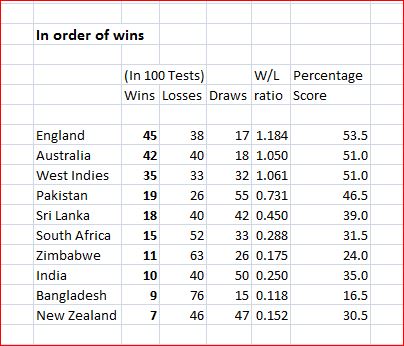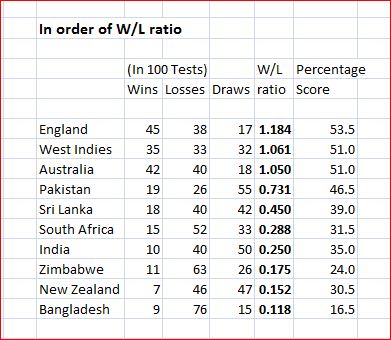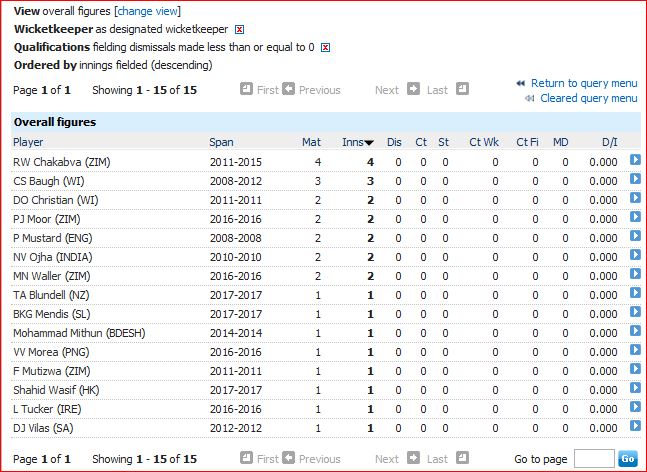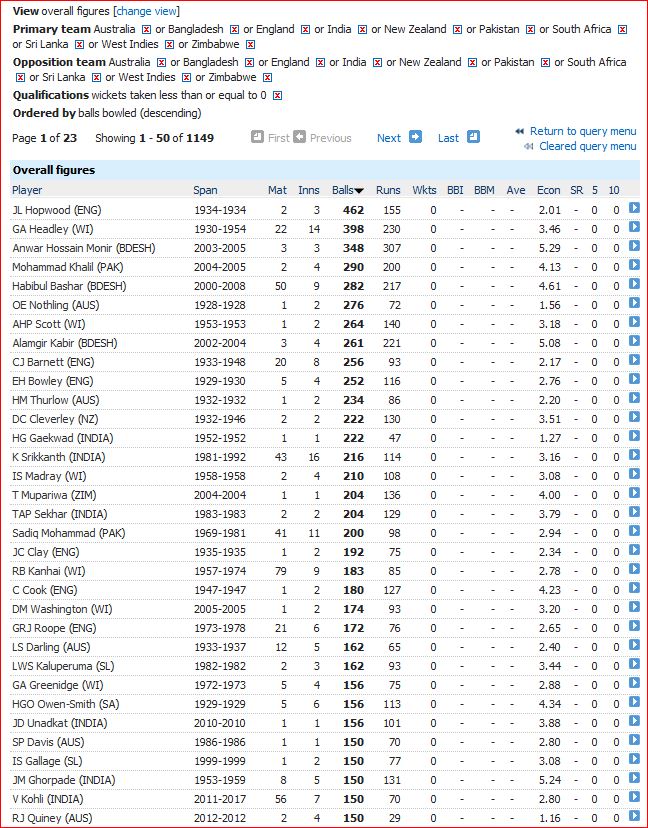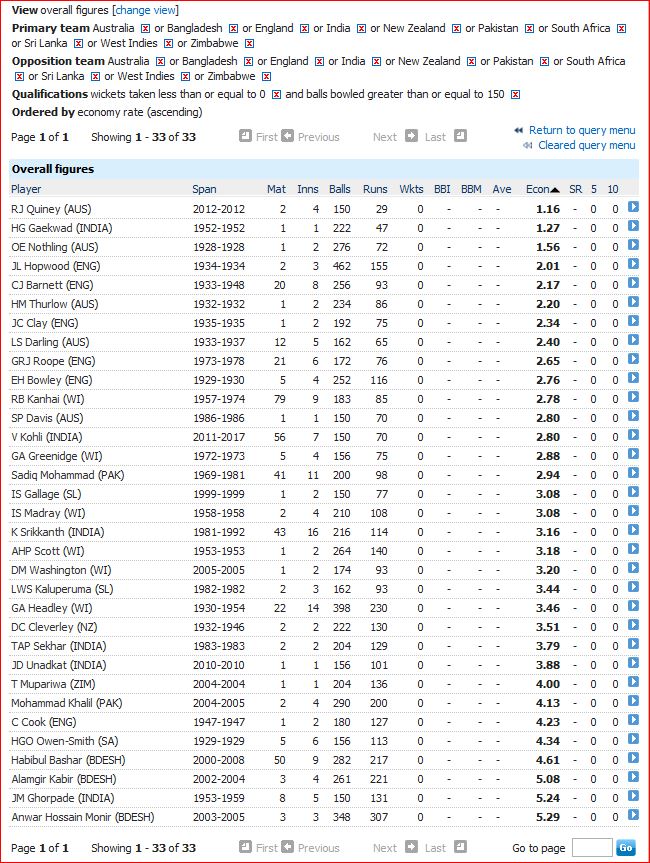Pakistan won both the Tests, leading 2-0.
A total of 59 Tests have been played by these teams since 1982.
Pak has won 23, SL 17 and 19 have been drawn.
In Pak, 23 Tests have been played. Pak has won 9, SL 6 and 8 were drawn.
In SL, 27 have been played. Pak has won 11, SL 8 and 8 were drawn.
On neutral grounds, Pak and SL are tied with 3-3 and 3 were drawn.
Coming to individual performances:
Batting:
Most runs (1000 or more):

Led by Sangakkara. Mathews and Karunaratne have the most by current players.
Sangakkara has the most centuries (10), followed by Younis and Aravinda with 8.
Sangakkara also has the most 50+ scores (22), followed by Younis with 14.
Highest innings (175 or more):

A lot of high scoring here, starting with Younis’s triple century.
In this series the highest scores were 208* by Saud Shakeel and 201 by Abdullah Shafique. They surpassed the record for Pak in SL by M Hafeez (196).
Batting average (Min 20 innings, 45.00):

Headed by Sangakkara with Inzamam far behind coming next. Mathews has the best by current players.
Batting strike rate (Min 1000 balls faced, 50.00):

Led by Sarfraz Ahmed followed by Dilshan. Babar Azam is also there from recent times.
Bowling:
Most wickets (25 or more):

Led by Herath followed by Murali. Saeed Ajmal has the most for Pakistan. Strangely, P Jayasuriya has the most by current players.
Best innings bowling (6wi or better):

Led by Herath and Imran. Noman’s 7-70 is the best in recent years. It is the best for Pak in SL, surpassing Yasir Shah’s 7-76 in 2022.
Best match bowling (including all 9wm or better):

Headed by Herath and Imran. No major performances in this series, though there was R Mendis’s 9-for in 2022.
Best bowling averages (Minimum 2000 balls, maximum 35.00):

Headed by the two Ws, with W Akram at No 1.
The most economical bowling was by Wasim Akram and Abdur Rehman.
The best strike rates were by the two Ws again, with Waqar Younis at no 1 this time.
To be continued.























